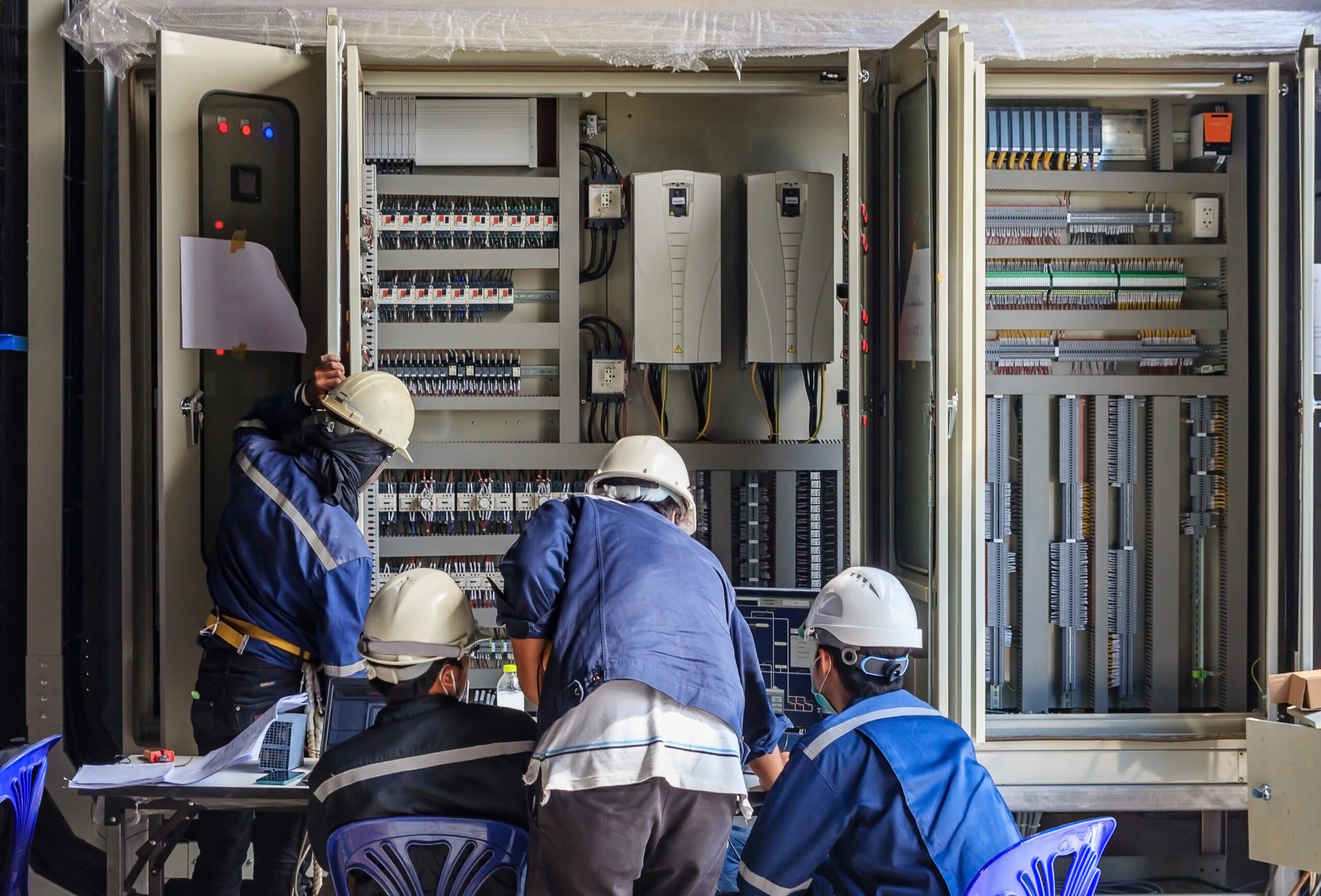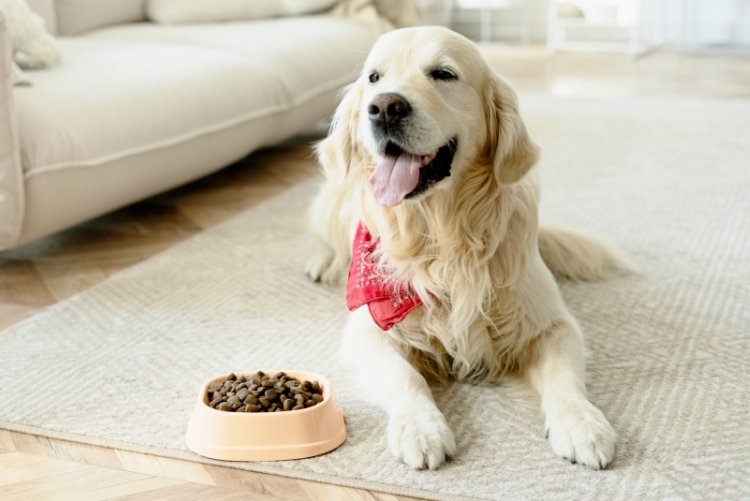Proper planning before an ingredient system redesign or new installation is pivotal to ensure the system runs efficiently. With so many moving parts and considerations, it’s not easy to plan for every eventuality, and a few problems are consistently missed. In this blog post, we’ll cover some of the most common problems that can arise at the start of the system with your micro-ingredient bins and feeders.
6 Ingredient System Planning Pitfalls from Micro-Ingredient Bins to Feeders
1. Incomplete, Inaccurate Information
Proper planning starts with accurate information. When your numbers are exact and you have all the information you need on your ingredient system up front, every step in the process will be easier. Whether you are installing a new system or conducting an ingredient system redesign for automation, you will need key information about all of your ingredients. You will also need information about your new or existing facility. Finally, you’ll need some measurements about your recipe as a whole to bring your system together properly. It’s helpful to have all of the following information available and well-organized in a spreadsheet:
- Number of ingredients
- Recipe composition
- Ingredient types
- Ingredient bulk density
- Minimum weight required
- Maximum weight required
- Daily usage
- Weekly Usage
- Monthly usage
Get the secrets to feed mill and pet food automation systems design. Download the Engineer’s Guide to Weighing and Batching >
2. Insufficient Ingredient Storage
The usage of each ingredient as well as the delivery means and schedule will both play an important role in determining ingredient storage needs. For micro-ingredient systems and ingredients delivered infrequently, this will be particularly important for planning the rest of the surrounding system. If the daily usage of any ingredient exceeds 250 kg, consider using a super sack unloader to improve efficiency. For this, you’ll need adequate vertical space or design solutions to ensure ingredients flow properly.
3. Flow Problems From Bin Design
You want to make sure that you have space for all ingredient bins of the correct size, and it’s also important to consider the construction of the bins themselves. Micro-ingredient bins without sloped walls, or without an adequate slope, can introduce flow problems. Generally, an angle of 70° is sufficient, but this will also depend on the characteristics of the ingredient. Ingredients that tend to clump, stick, or don’t flow freely may need additional design considerations, like vibration. If ingredients aren’t flowing properly from the bin, it can create costly downtime and other problems further downstream.
4. Contamination From Bin Design
Sometimes, when ingredients do not flow from the bin properly, the material may stick to the sides or stay in dead zones. When new shipments are loaded into the bins, this can introduce contamination. If the material in the bin becomes rancid and then mixes with a new batch, it will upset the quality of the product. Special coatings inside the bin can further enhance flow and reduce sticking and dead zones, and stainless steel will allow the bin to be easily cleaned at regular intervals.
5. Incorrect Feeder Type
Knowing the maximum and minimum weight for each ingredient, as well as ingredient characteristics, will be particularly important for choosing the right feeder type. You might choose an auger-type feeder for powders or other ingredients that won’t easily break or generate heat through friction. If the materials are susceptible to these problems, use a vibratory feeder instead.
6. Inaccurate Feeder Output
Both auger-type feeders and vibratory feeders must feed ingredients through the system with the proper output. The desired feeder output will vary depending on the accuracy needed and the total volume of the system. Here it is important to have accurate density measurements, as the material density will affect output calculations by weight. Output may also be affected by flushing if the ingredient is free-flowing. Use a knife gate or butterfly gate to prevent this problem.
Problems with ingredient bins and feeders are often overlooked, as these parts of the system are generally simpler than mixers, scales, and controls. However, problems anywhere in the process can affect the end result. Our next post will cover common issues with the later half of the micro-ingredient system, including scales, conveyance and controls.








One thought on “Part 1: Ingredient System Planning Pitfalls from Micro-Ingredient Bins to Feeders”
Comments are closed.